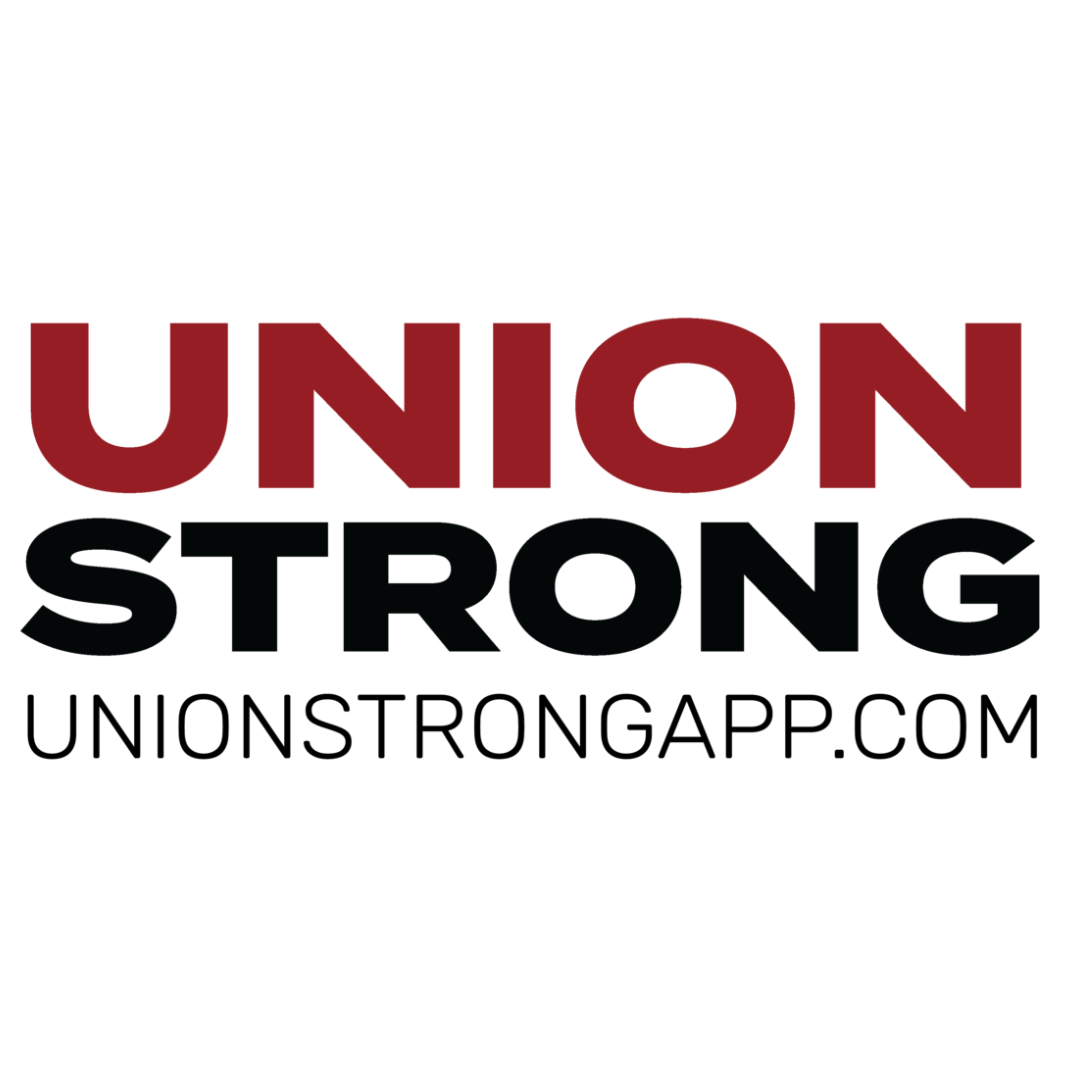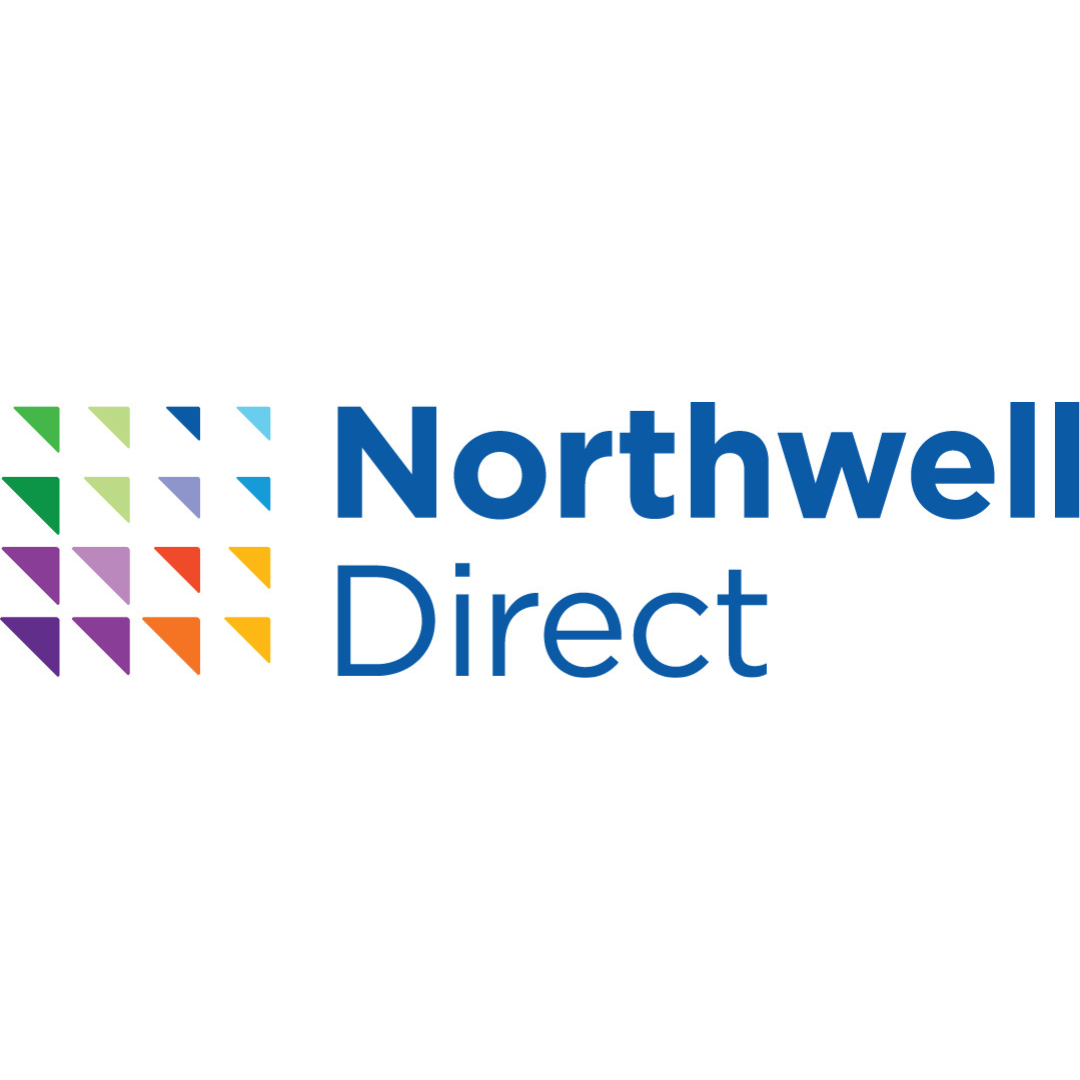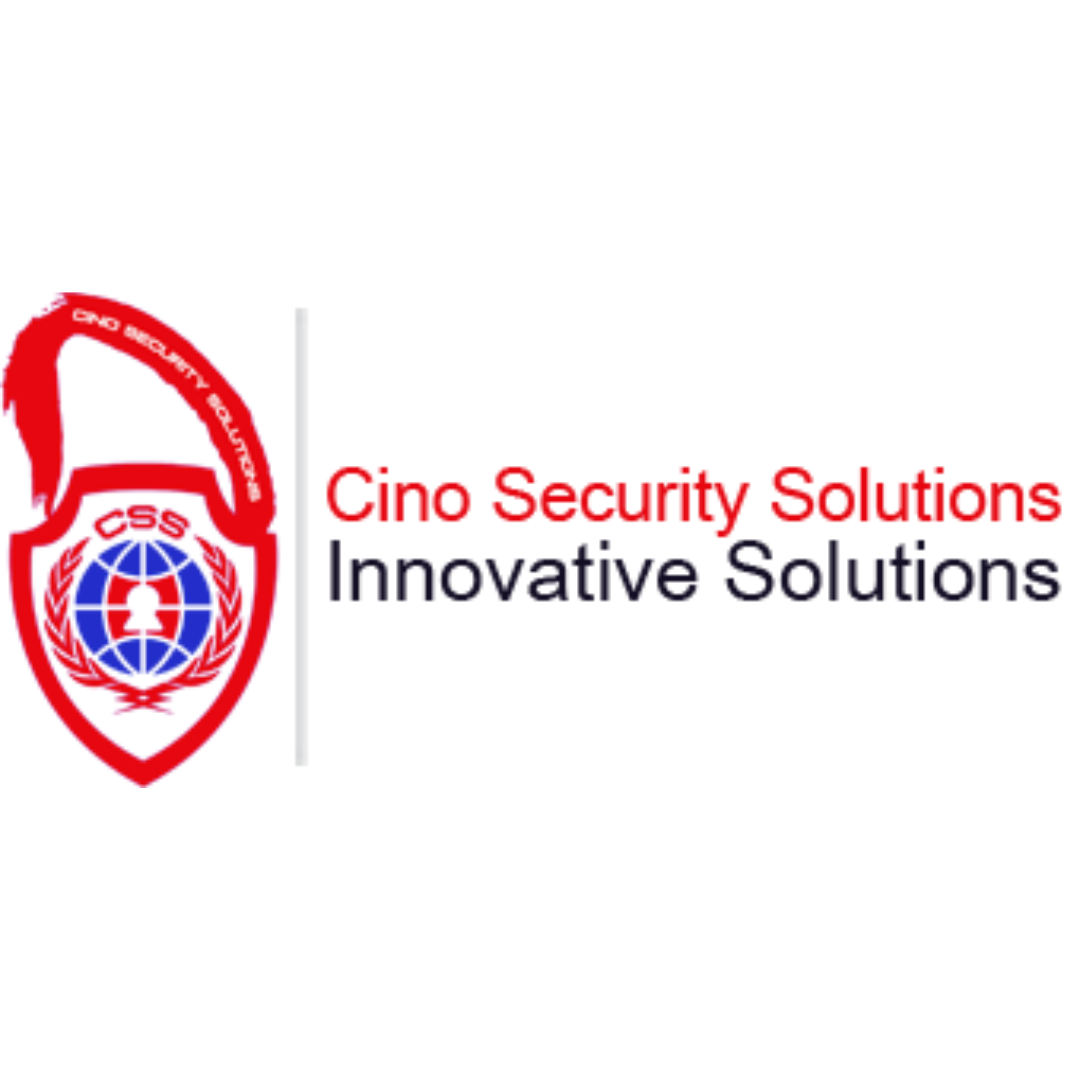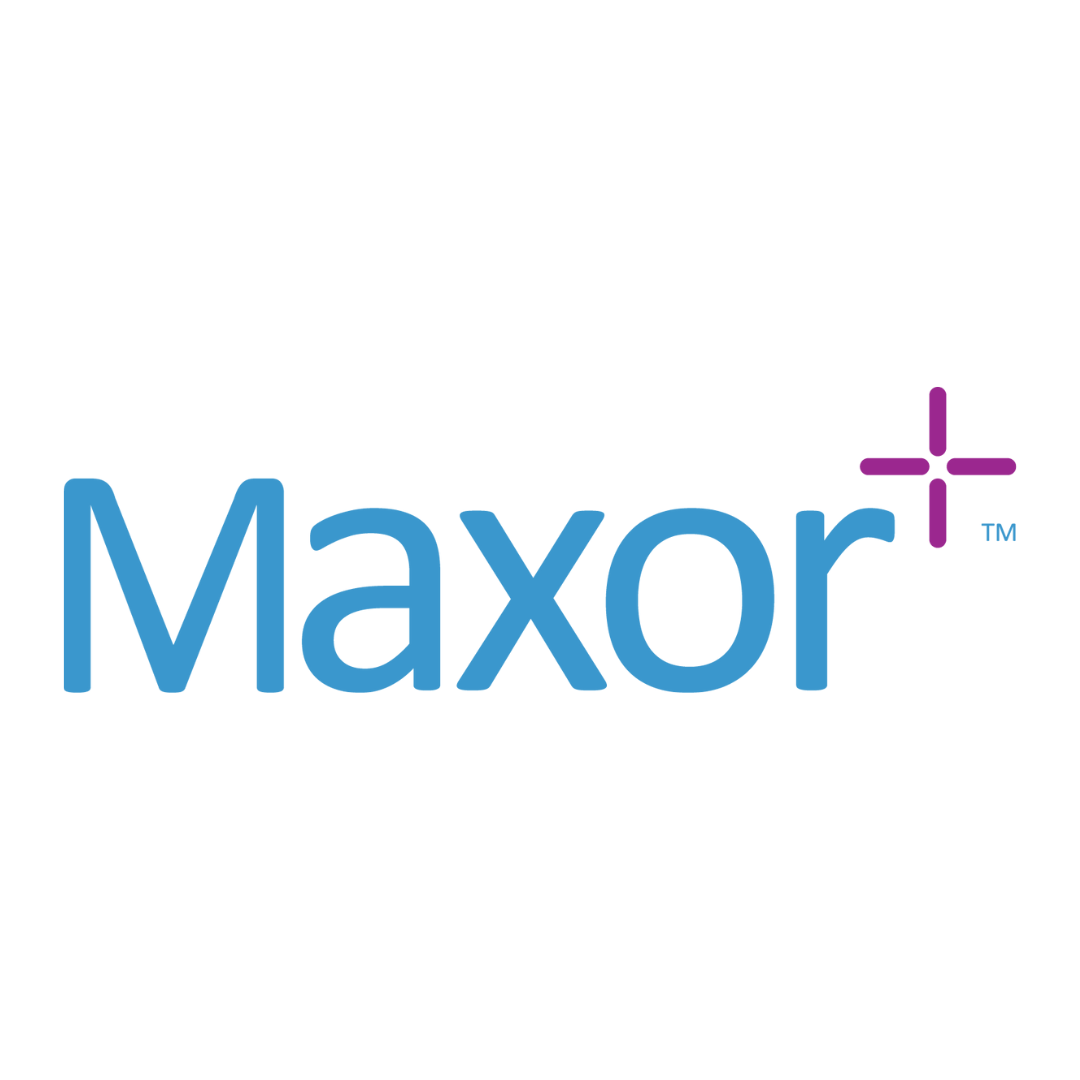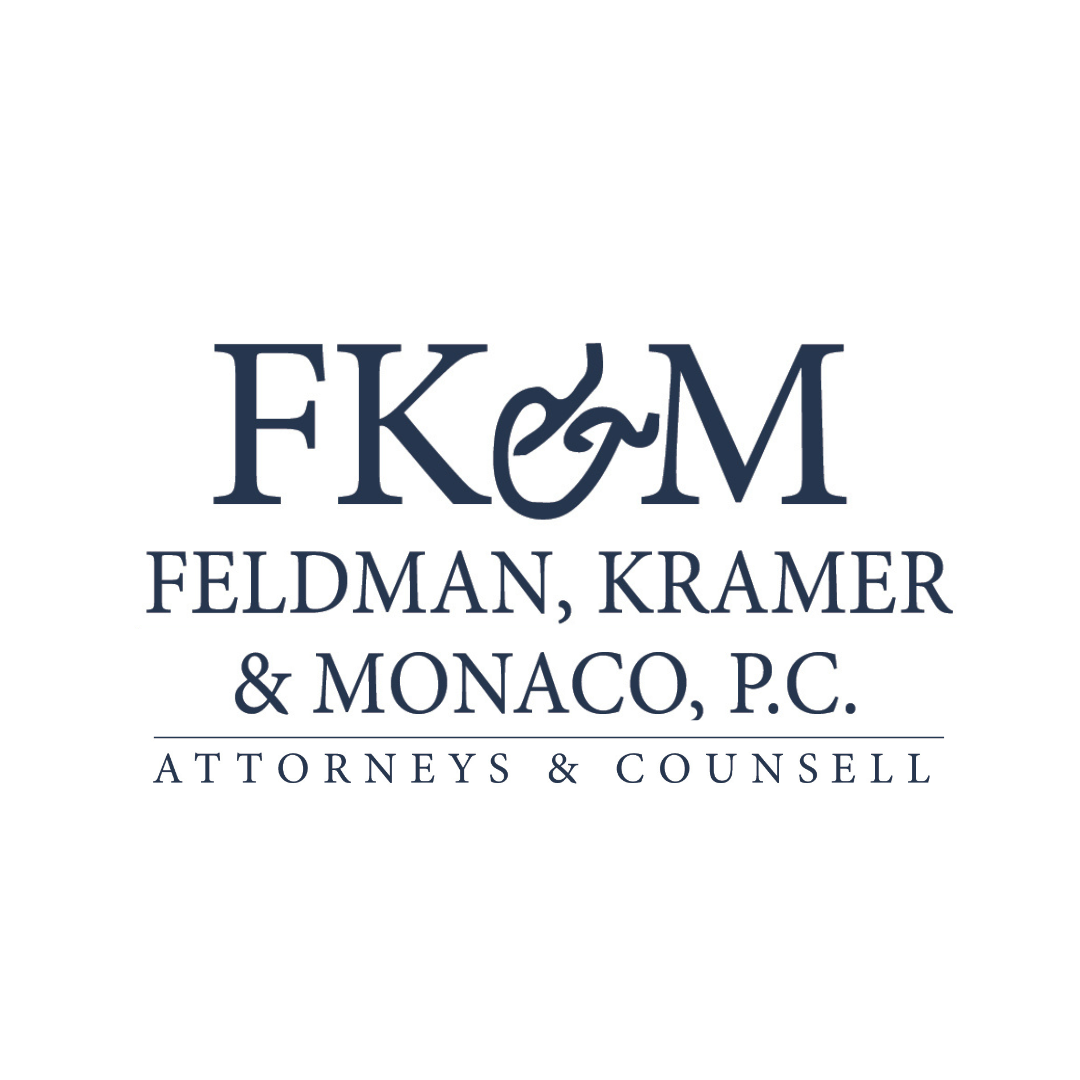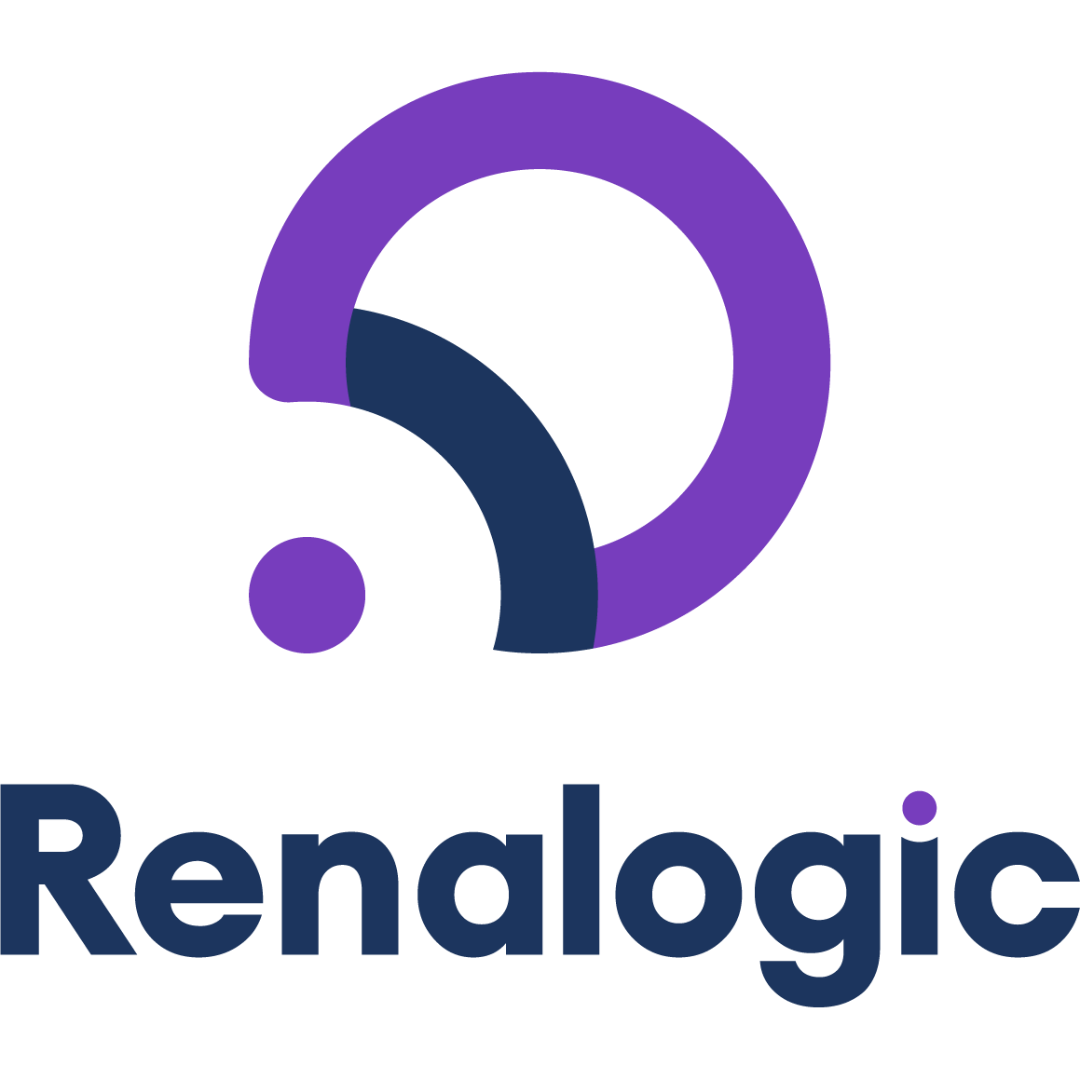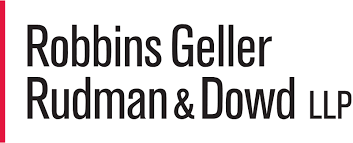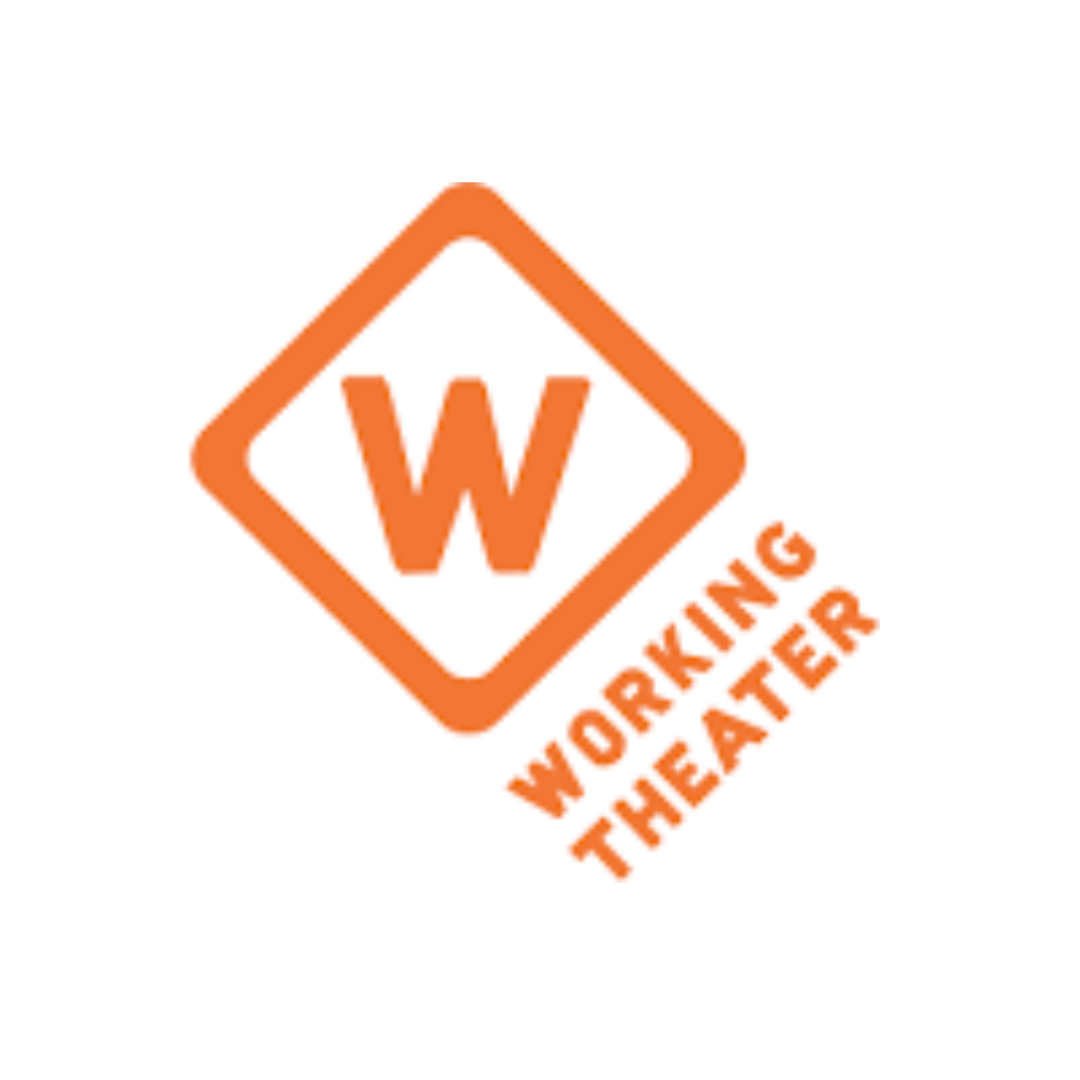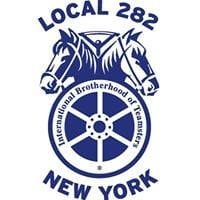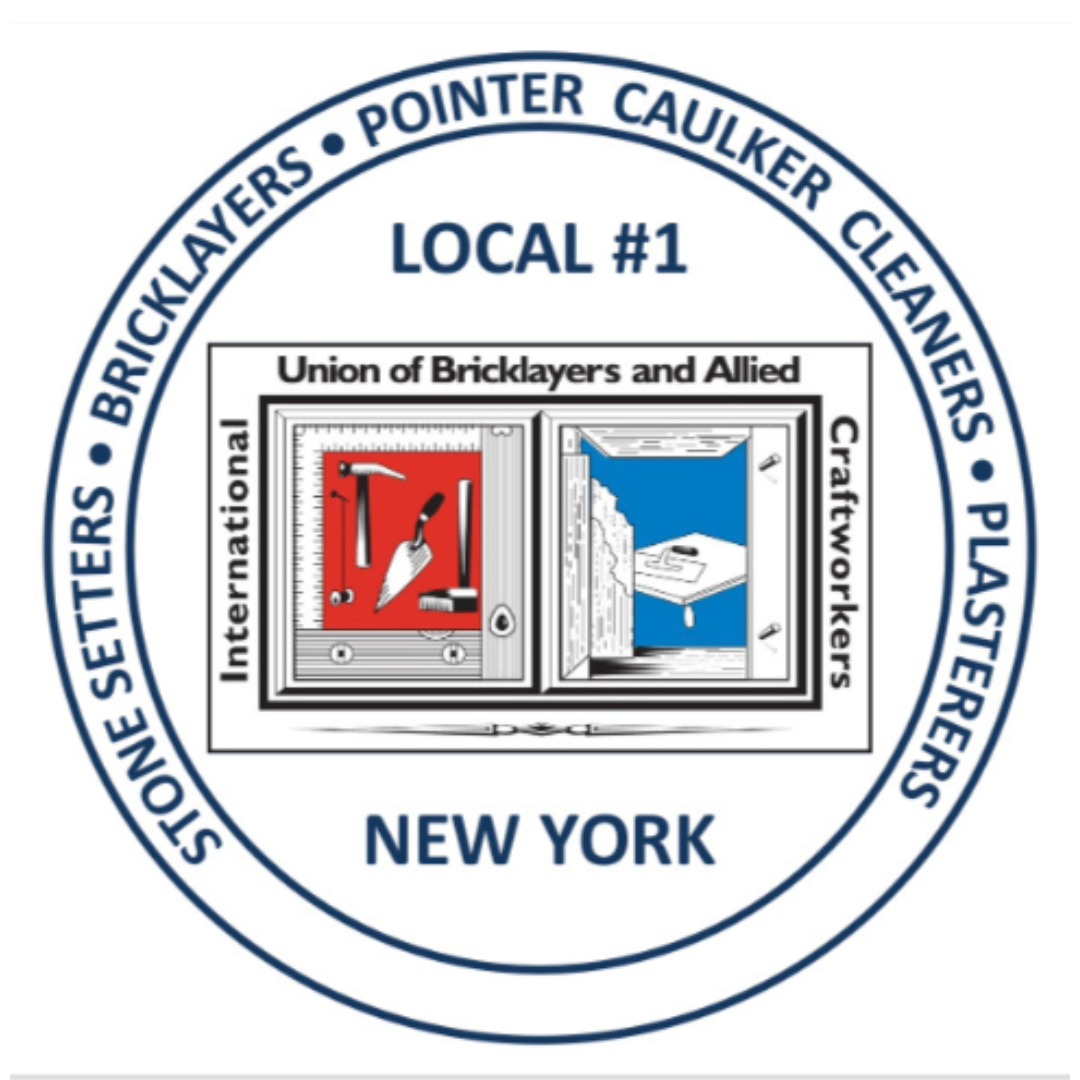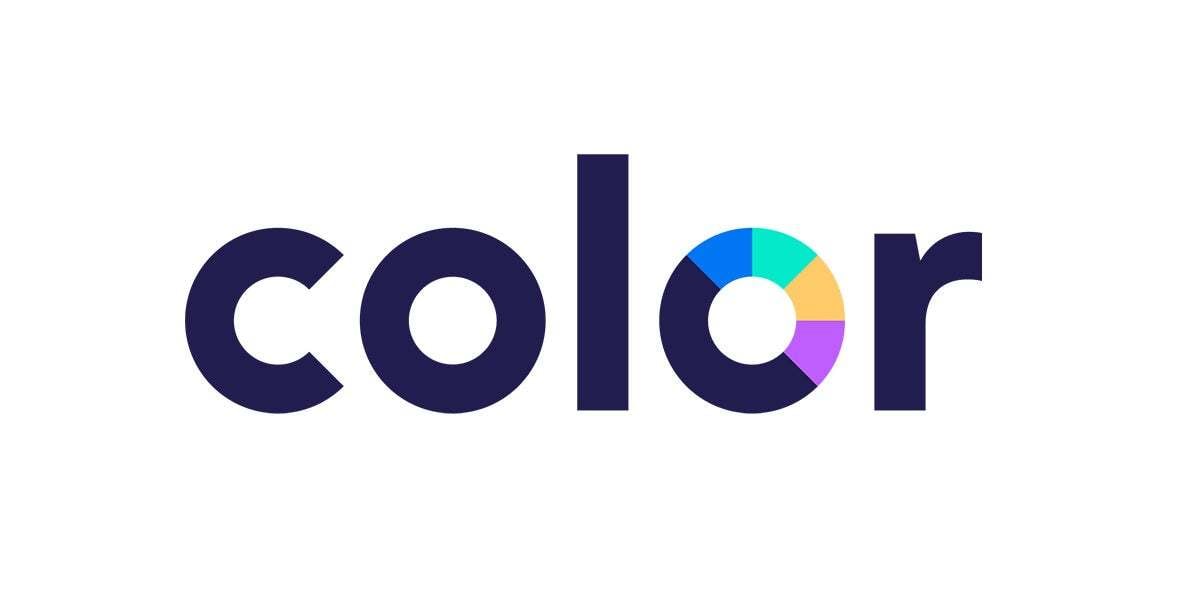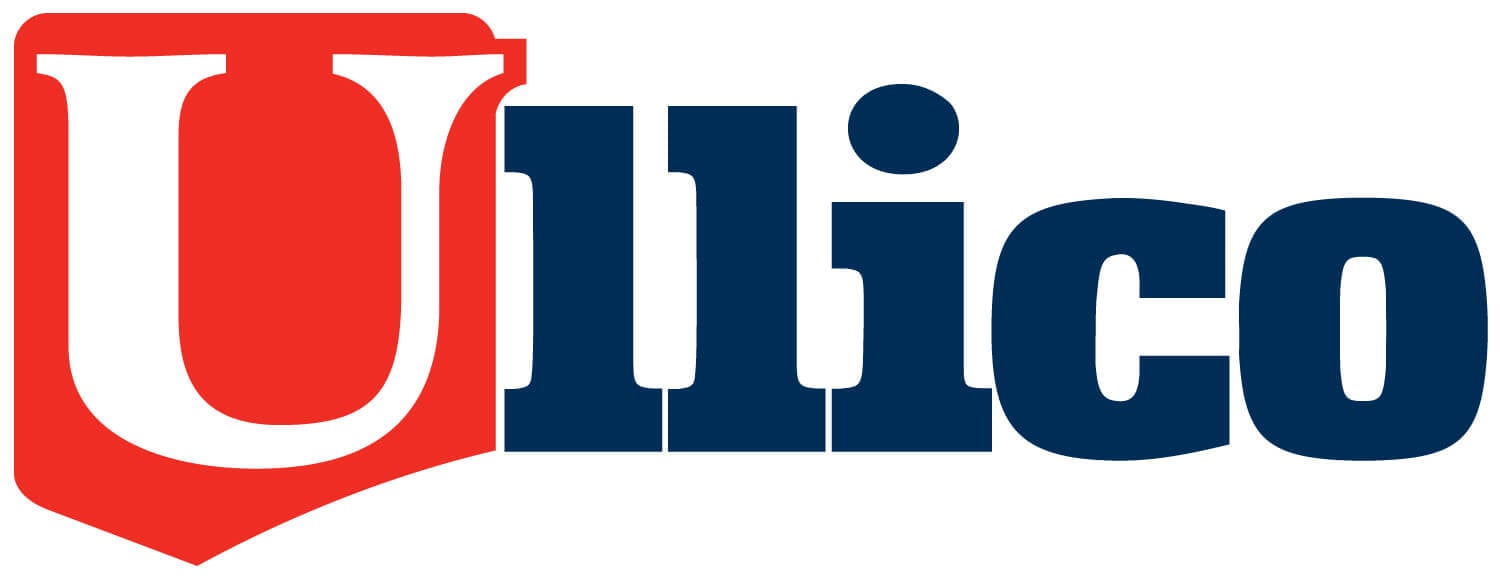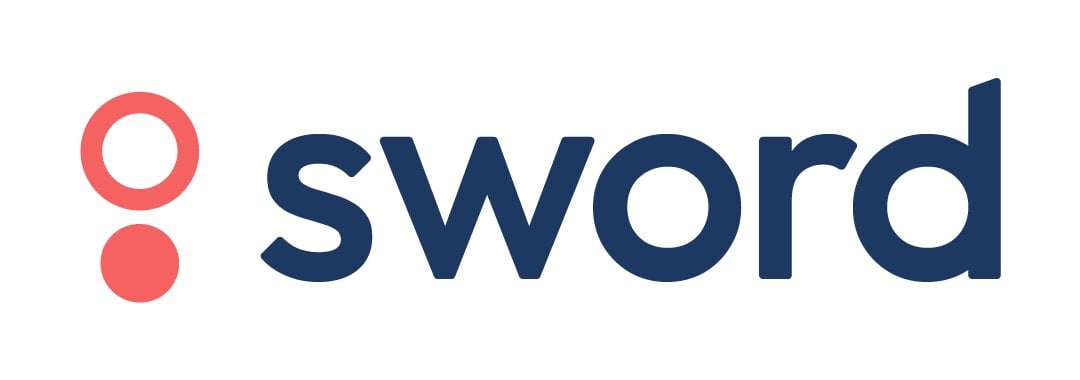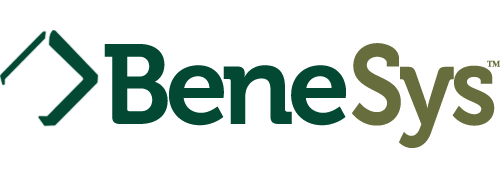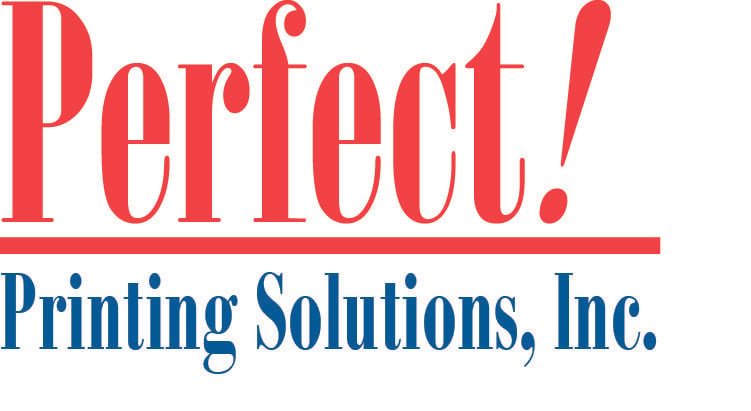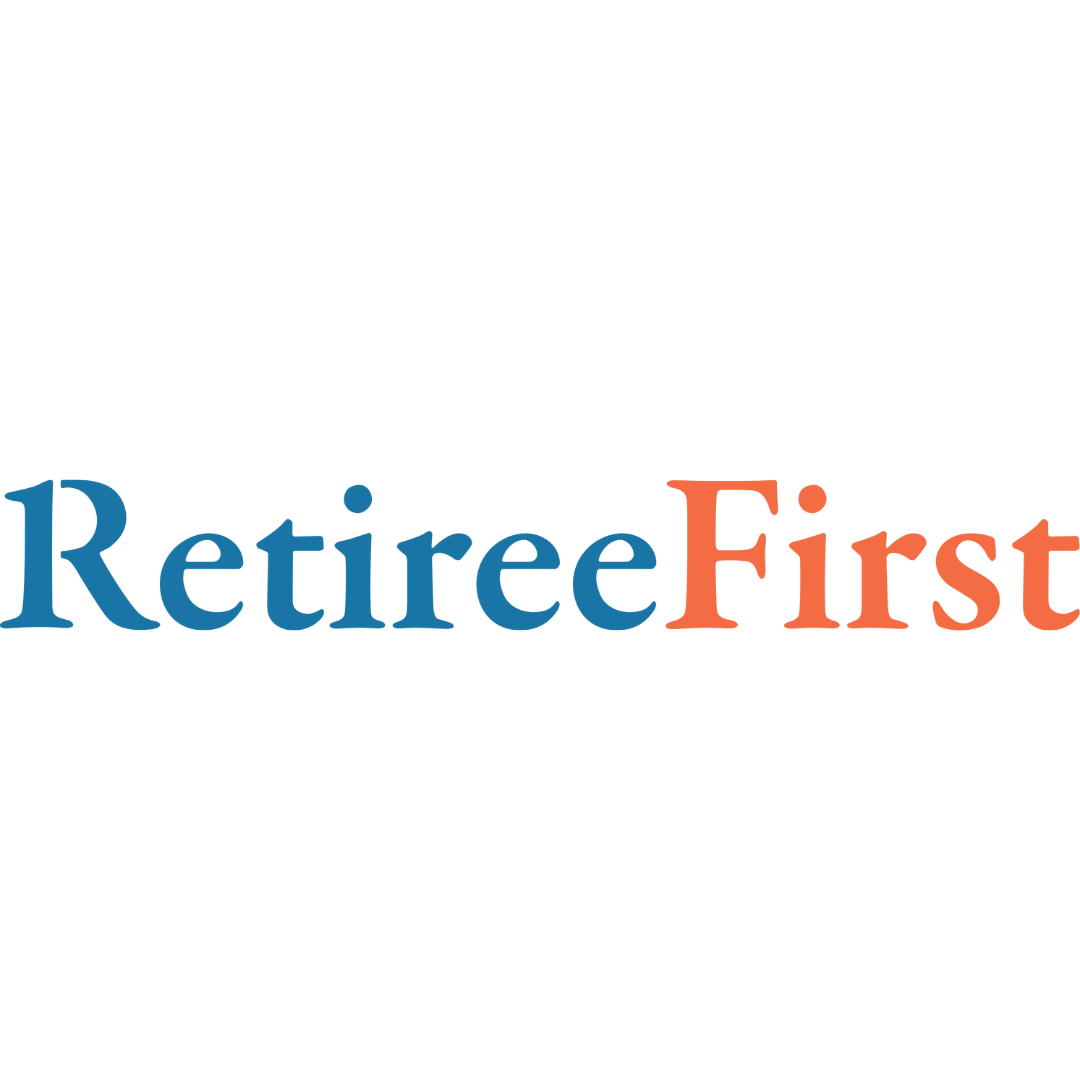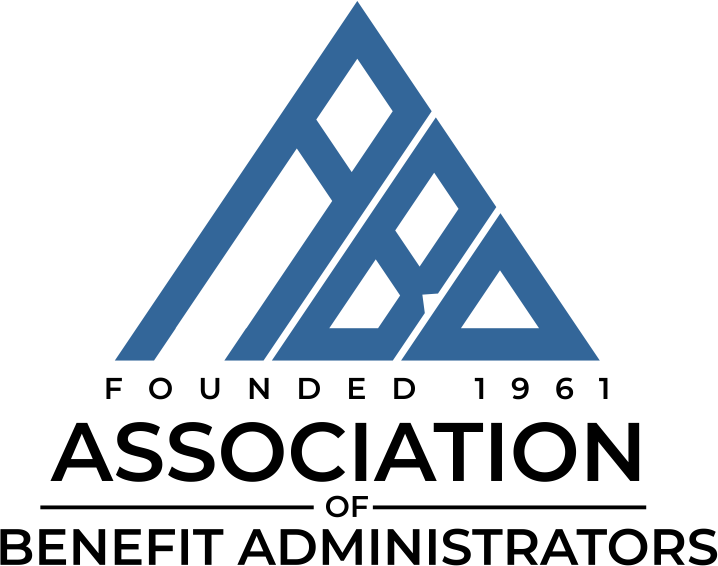Staying True to Healthcare Delivery: Equity in Preventive Cancer Care Starts with Access
Alicia Zhou
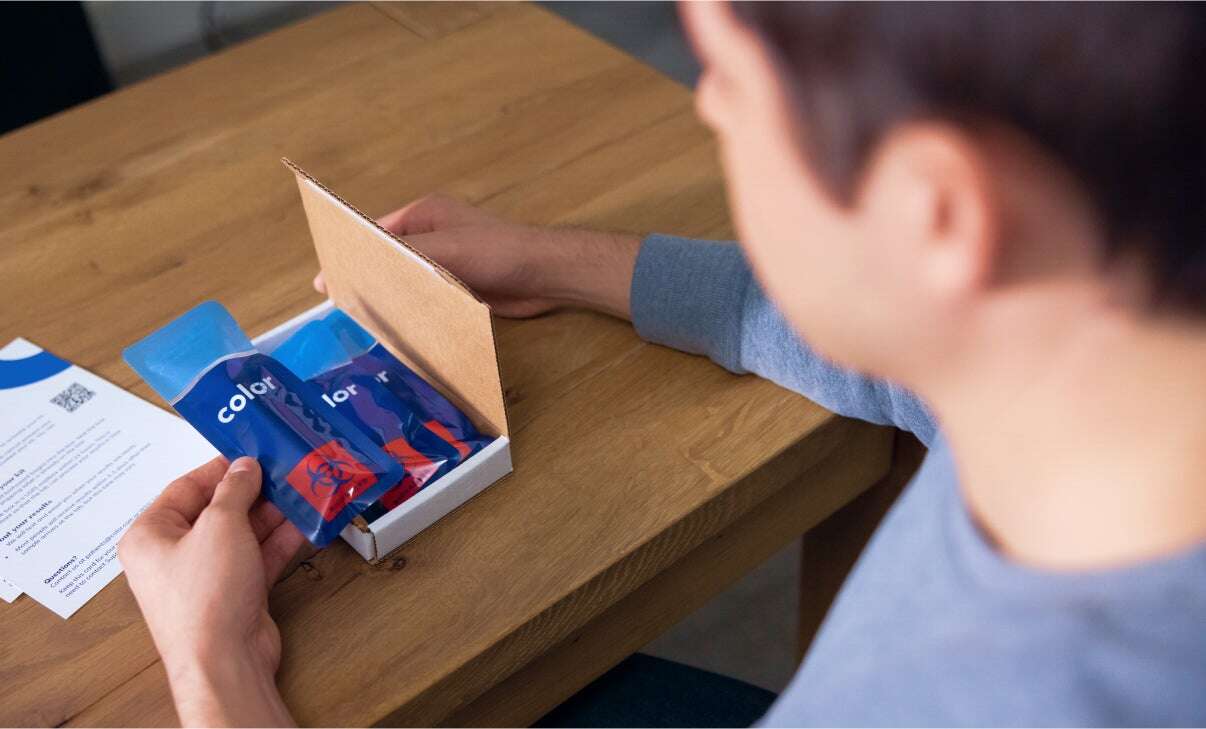
Last week, we unveiled our partnership with The American Cancer Society: the Cancer Screening and Prevention Program for employers. The program allows employers to directly improve their employees’ cancer outcomes by increasing adherence to recommended screening and prevention guidelines.
Employers provide health insurance for nearly half of Americans. But despite widespread coverage for screenings by most health plans, a sizable percentage of people still fall behind, and cancer continues to be diagnosed too late, across the board. In fact, about 45% of cancer deaths in the U.S. can be avoided through modifiable risk factors and adherence to screening guidelines. For communities of color, the screening gap is especially notable – overall rates of cancer screening are lower among Black, Hispanic, Asian, and American Indians or Alaskan Natives (AIAN) populations compared to their White counterparts.
Traditional healthcare delivery – how people access the consultations, screenings, tests, and treatments they need – is fundamentally broken. In fact, it’s not ‘delivery’ at all. Instead of integrating care into people’s lives, bringing it to them in their homes, communities, and through their workplaces, our current system feels more like a maze that we expect people to navigate on their own, with constant dead-ends and delays. For some, just getting started feels impossible.
To access preventive cancer care, the path to staying up to date on recommended screenings is littered with barriers: finding the right doctor, locating facilities nearby, waiting weeks (or months!) for an appointment, and navigating copays, deductibles, and other unexpected fees. Socioeconomic and racial disparities only exacerbate these issues – while Americans struggle with access across the board, these barriers are felt most acutely by marginalized communities, who also grapple with a lack of trust in a system that has routinely failed them. It has been shown that prostate cancer is more likely to affect Black Americans and that outcomes are worse for Black Americans. However, the root cause of this disparity is not in biological differences, but rather in social determinants of health: getting screened at the right time, receiving treatment in a timely manner, or participating in clinical research.
If we take a closer look at cervical cancer, we find that close to 75% of those eligible actually do complete their recommended screenings. That seems like a victory – it’s a relatively high number and demonstrates adherence by a majority of Americans. However, if we examine the 25% of individuals who aren’t getting screened, we see persistent disparities among communities of color. Through HPV vaccinations and regular cervical cancer screenings, cervical cancer should be entirely preventable. But not all Americans have access to adequate care. Communities of color continue to see a higher incidence of cervical cancer as a direct impact of screening disparities rooted in lack of access, lack of awareness, and lack of trust. A recent study demonstrated that several racial/ethnic groups were significantly less likely to be screened for cervical cancer by a traditional pap test compared to White individuals: Asians (83% less likely), Native Hawaiians/other Pacific Islanders (66% less likely), American Indian/Alaskan Native (34% less likely), Hispanics (27% less likely), and other non-Hispanic races (56% less likely). We can close this gap. The American Cancer Society updated their cervical cancer screening guidelines to recommend HPV testing a primary screening modality. This opens the opportunity for individuals to be screened for cervical cancer without having to undergo the traditional pap test.
At Color, from our early beginnings in population genetics, to our work in public health testing, and many other large-scale public health initiatives along the way, we’ve made it our mission to reinvent healthcare delivery, to ensure that true “delivery” is at the core of what we do. Our Cancer Screening and Prevention Program connects the dots in the typical screening process by providing convenient screening options (including at-home tests), connection to clinical services, high-touch care advocacy and counseling, and resources for further education. Our member-facing teams, including clinicians, genetic counselors, and care advocates, undergo cultural competency training from day one, and our program includes real-time translation capabilities for 200+ languages.
Our goal is to reach as many Americans as possible through their employers, in an effort to improve cancer outcomes nationwide. By focusing on prevention to minimize risk factors, and screening to catch disease earlier, we can actively work to close the cancer screening gap for all individuals. For us, access is paramount. We must remove friction, and bring the screenings to the patients where they need it and when they need it, so that they can get the care that they deserve.
We have more opportunity than ever before to move the needle on cancer outcomes. With this partnership with the American Cancer Society, we are removing barriers head on to ensure equitable experiences for all.

